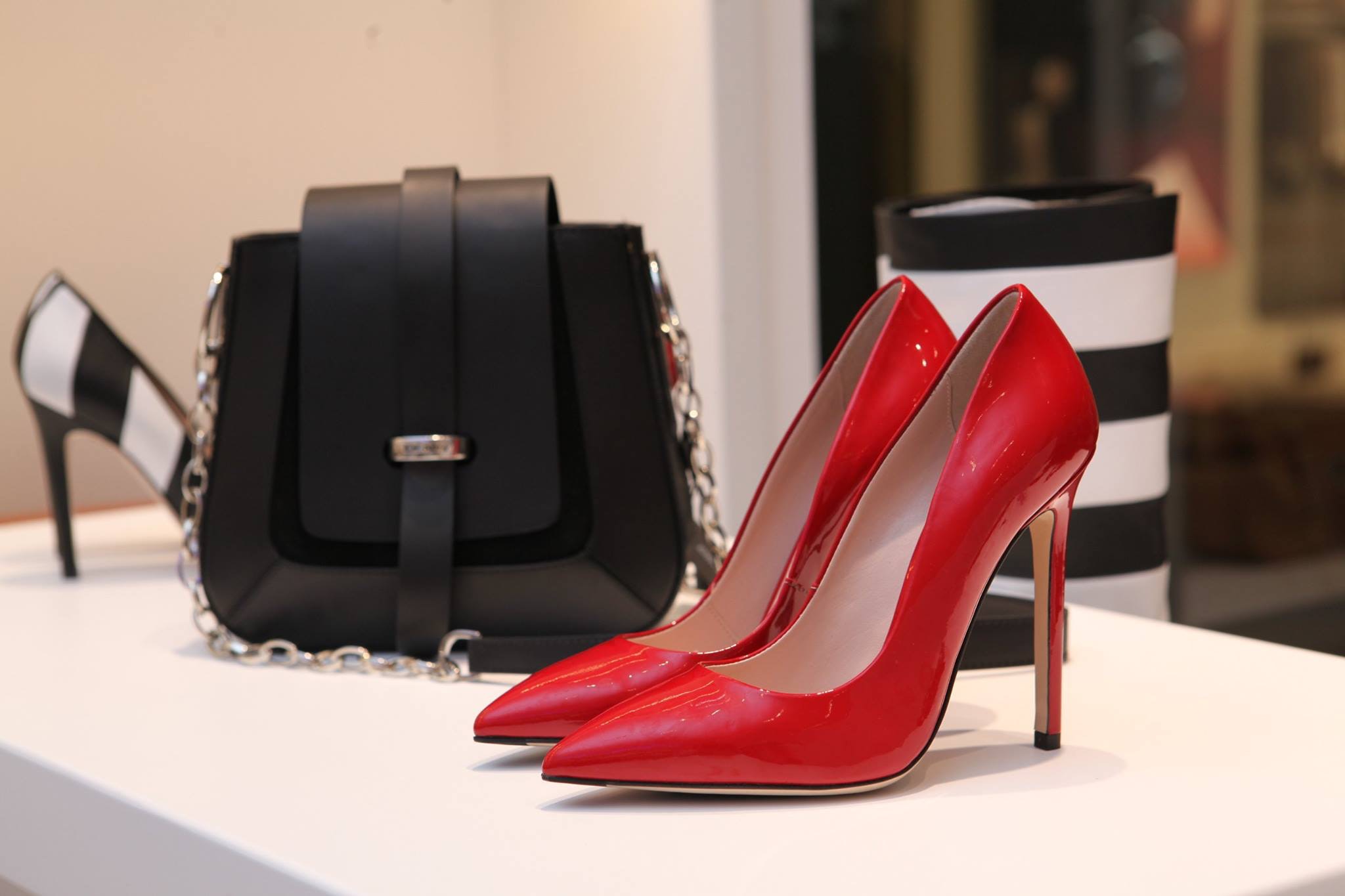Oscar Wilde may believe that imitation is the sincerest form of flattery but in the world of luxury and IP, imitation is a matter of scale. It steals not only ideas from designers and artisans, but also from the pockets of businesses, brands and the people they employ.
According to the Global Brand Counterfeiting Report 2018, the volume of international trade in counterfeit goods was $1.2 trillion in 2017. Trends in Trade in Counterfeit and Pirated Goods also estimates fake goods to account for 3.3% of world trade – and it continues to rise
The war between creators and counterfeiters is a long and ongoing one, and it continues to intensify amidst the pandemic.
However, aided by advancements in technology, this is how luxury brands are fighting back.
Taking things online
The rise of the internet and easy access for buying and selling were among the catalyst for the counterfeit boom. Now, brands are using the same medium to fight back. Giant e-commerce sites have started making proactive security checks to double down on product authenticity a criteria. Even secondhand platforms go through thorough screening and validity authorizations before any listing happens. Rallying multiple online partners and increasing the levels of counterfeit checks work in favour of everyone involved, from seller, retailer, reseller and buyer.
Multiple authenticity checks
Counterfeit goods can look immaculately similar to the real thing, but there will always be minute details and hidden signs they miss out. Specific stitchings, carefully coded colours and even unique hardware made of specialty materials are all ways luxury brands weave into their products to stand out and make them hard to replicate. Opening up and sharing these details on official websites and public platforms may seem counter intuitive in keeping the knowledge in-house, but it has huge potential in helping buyers and official distributors learn and recognise a fake from the original to fight counterfeits.
Going pre-loved
For decades, brands never looked at the blossoming secondhand market, pushing often for brand new sales instead and washing their hands off repair and maintenance of older products. In recent times, that is all changing as it shows that alterations, repair, maintenance and even secondhand sales majorly elongate the lifecycle of products and also drives sustainability. Beyond third party platforms like Vestaire Collective, brands are taking things into their own hands by launching in-house secondhand sales services. Audemars Piguet launched its own second-hand watch business, as did Gucci recently on its website. This allows them to have buyers purchase secondhand directly for them and monitor product authenticity by limiting the number of products floating in the secondary market.
Removing logos
One of the easiest things to knock off is the logo. Brands are recognising this and are beginning to do away with logos, relying instead on good craftsmanship, signature materials or patented designs. After all, the true legacy of the brand lies in its make, not the logo, so by removing logos, brands remove themselves from the cat and mouse chasing game between themselves and counterfeiters and return to their roots of making quality products.
Bringing in blockchain
With blockchain technology already increasingly changing multiple industries, it’s only a matter of time before it too is roped into luxury. Thanks to blockchain’s primarily immutable public ledger that is secure, transparent and records every original transaction, brands are beginning to incorporate it into its fake vs authentic identification system. Data is stored on blockchain ledgers that not only is able to provide digital certificates of ownership (the same way it does for NFTs), it allows brands to track movement of products and every change of ownership when done via legitimate means. Vacheron Constantin were among the first to provide digital certificates for its Les Collectionneurs series of vintage watches. Most recently, LVMH teamed up with Cartier and Prada to come up with AURA, a blockchain-based authentication platform.










